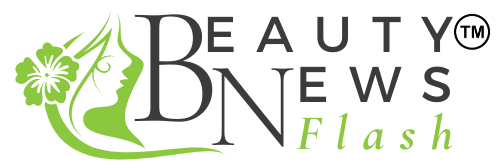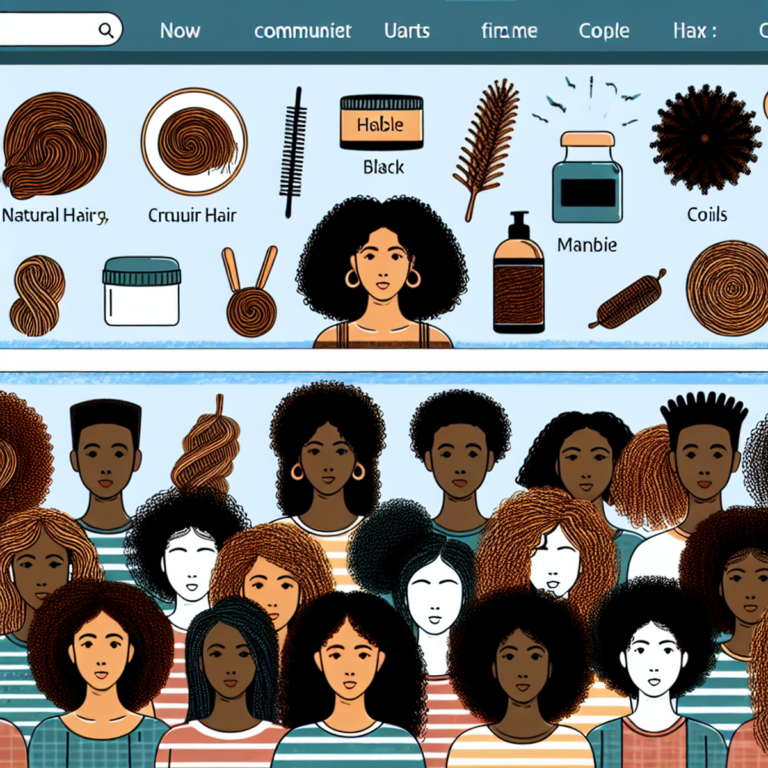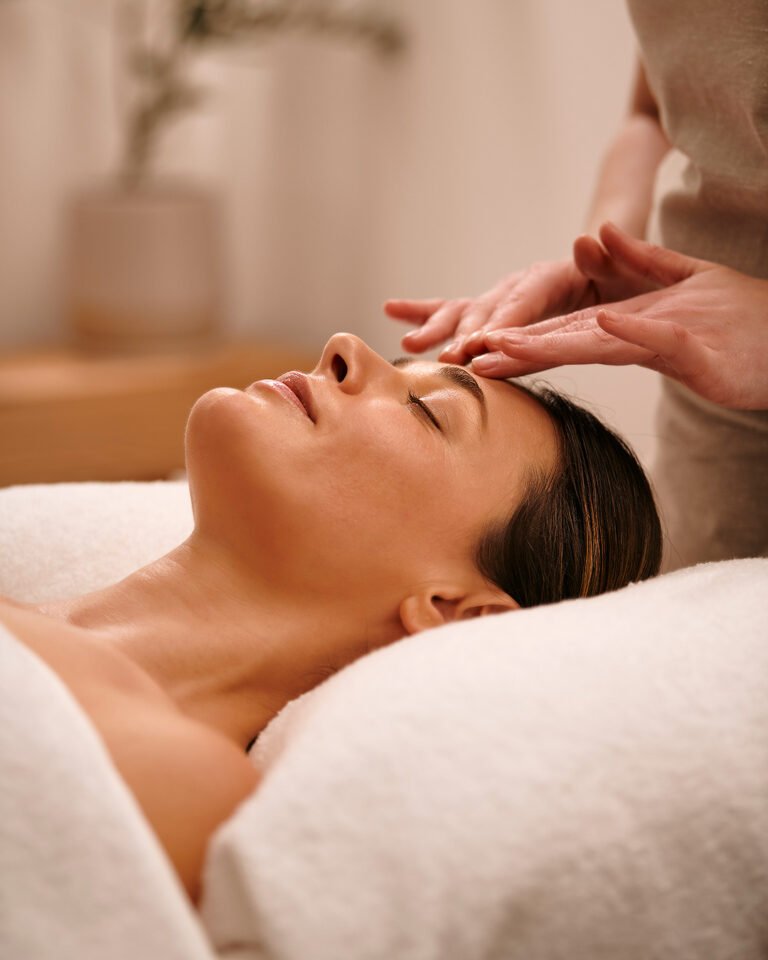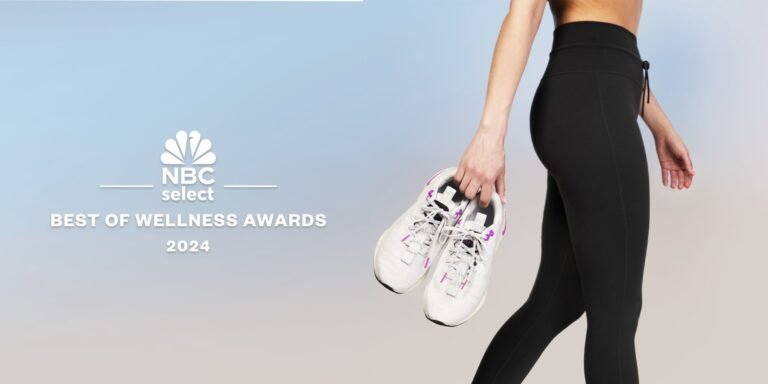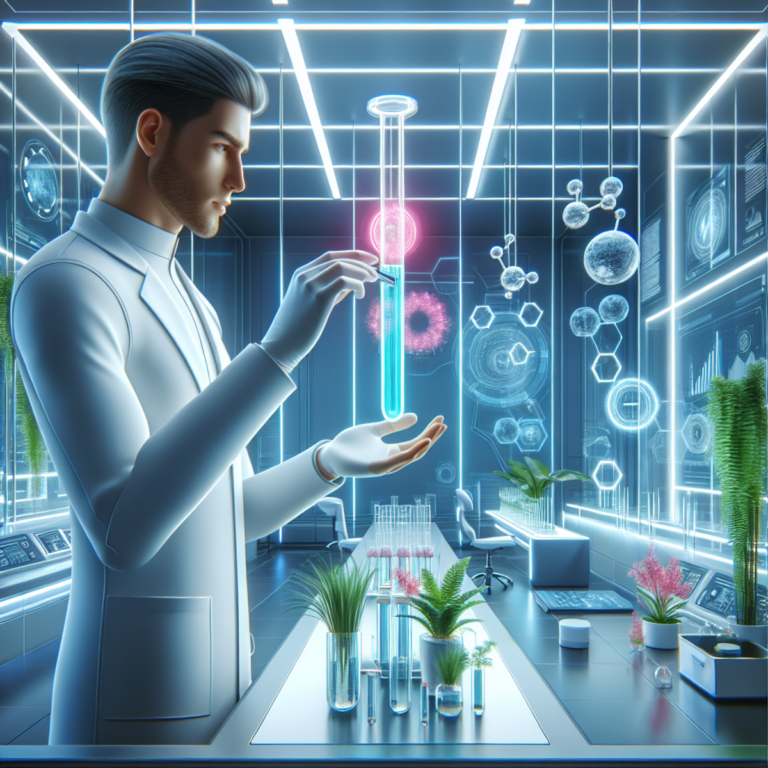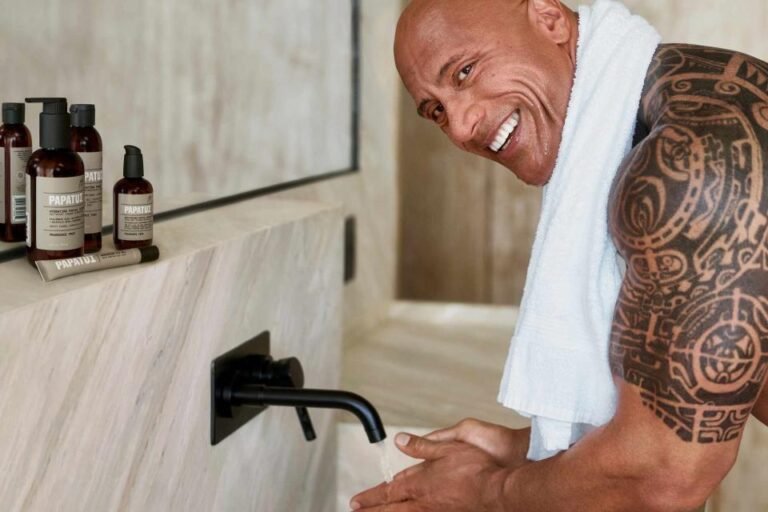Got Adult Acne? Get Answers from an Expert
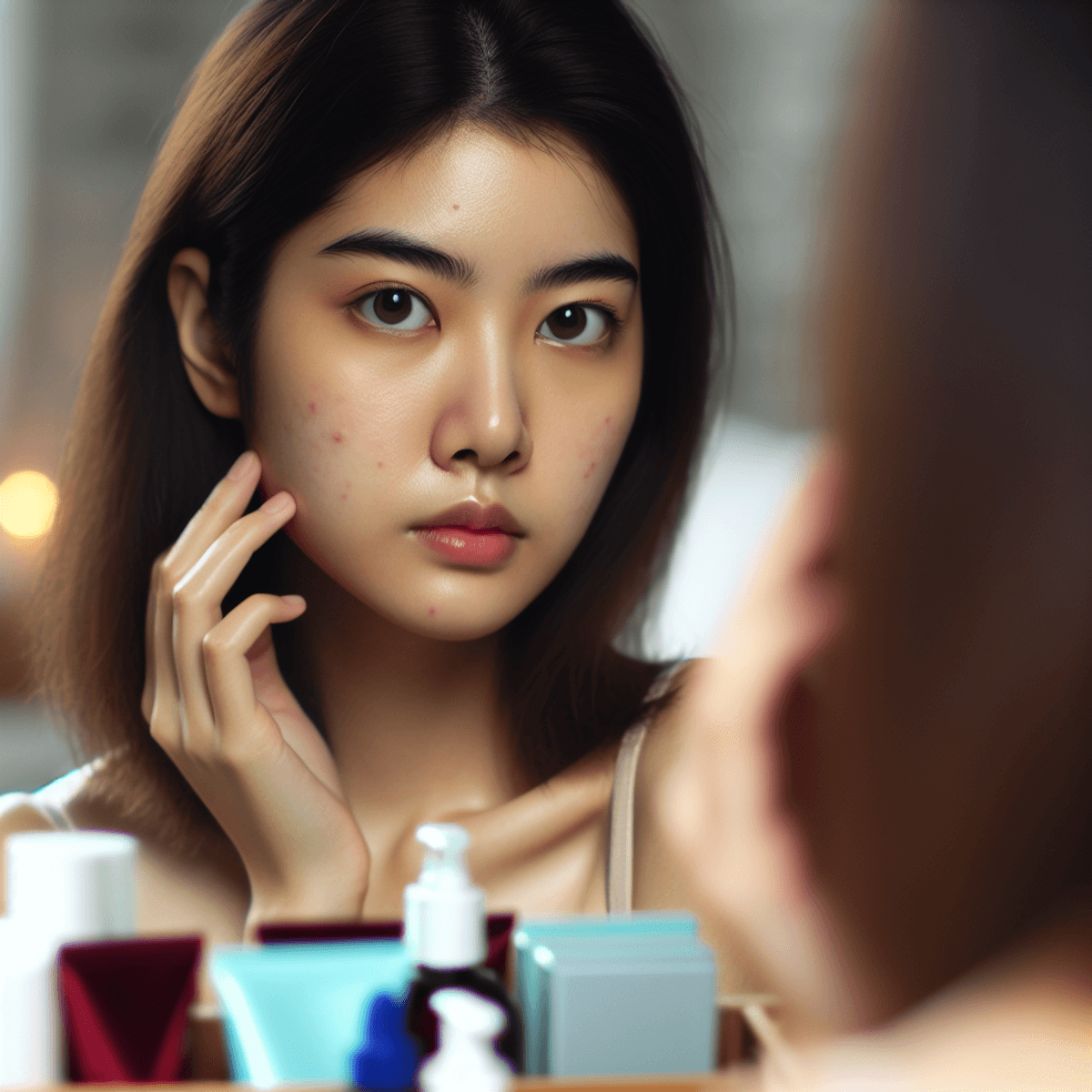
Understanding Adult Acne
Adult acne is a common skin condition that affects individuals in their 20s, 30s, and even later. It can be frustrating and impact self-esteem. This condition is characterized by breakouts, including pimples, blackheads, and cystic lesions. Understanding the causes of adult acne is crucial for effective management.
Key Factors Contributing to Adult Acne:
- Hormonal Changes:
- Fluctuations in hormone levels can trigger excess oil production.
- Women may experience worsening acne due to hormonal shifts related to menstrual cycles, pregnancy, or menopause.
- Stress:
- Both emotional and physical stress can lead to increased oil production.
- Stress hormones can trigger inflammatory responses that exacerbate acne.
- Diet:
- High-glycemic-index foods and dairy products have been linked to worsening acne.
- A balanced diet rich in fruits, vegetables, and vitamins supports overall skin health.
- Skin Care Products:
- Some makeup and hair care items contain ingredients that clog pores or irritate the skin.
- Choosing non-comedogenic products is essential for preventing breakouts.
How These Factors Lead to Breakouts:
- Excess Oil Production: Hormonal changes stimulate sebaceous glands, leading to more oil on the skin’s surface.
- Clogged Pores: When excess oil combines with dead skin cells, it can block pores, resulting in breakouts.
- Inflammation: Stress and certain dietary choices can provoke an inflammatory response in the skin, further aggravating acne.
Understanding these factors is your first step in addressing adult acne effectively. Armed with this knowledge, you can explore various treatment options tailored to your specific needs.
Treatment Options for Adult Acne
When addressing adult acne, it is essential to consider various treatment options based on the severity of your condition and your specific skin type. The right approach can significantly improve your skin’s appearance and health.
Topical Treatments for Adult Acne
Topical treatments are often the first line of defense against acne. Here are some common options:
- Retinoids: Examples: Tretinoin, adapalene. Pros: Effective in unclogging pores and promoting cell turnover. They reduce inflammation and prevent new breakouts. Cons: May cause irritation or dryness, especially during initial use.
- Benzoyl Peroxide: Pros: Targets bacteria responsible for acne, reducing inflammation and excess oil production. Often available in various concentrations. Cons: Can bleach fabrics and may cause skin irritation.
- Salicylic Acid: Pros: Helps exfoliate the skin, unclog pores, and reduce inflammation. Suitable for oily skin types. Cons: Can be drying; overuse may lead to peeling.
Consider these factors when selecting a topical treatment:
- Your skin type (oily, dry, combination)
- Sensitivity to active ingredients
- Severity of acne (mild vs. moderate)
Oral Medications for Adult Acne
In cases where topical treatments are insufficient, oral medications may be necessary. These options are generally reserved for more severe cases:
- Antibiotics: Examples: Doxycycline, minocycline. Used to reduce bacteria and inflammation.
- Hormonal Treatments: Example: Spironolactone. Particularly effective for women experiencing hormonal fluctuations that contribute to breakouts.
- Isotretinoin: A powerful option used for severe cases resistant to other treatments. It drastically reduces oil production but comes with significant side effects and requires close monitoring by a dermatologist.
Professional Treatments for Adult Acne
For persistent cases that don’t respond to at-home treatments, professional options can provide substantial benefits:
- Chemical Peels: Involves applying a chemical solution to exfoliate the top layers of skin. This process helps clear clogged pores and improve overall texture.
- Light Therapies: Techniques like blue light therapy target acne-causing bacteria while minimizing inflammation. These are often non-invasive and can be suitable for various skin types.
Effectiveness varies based on individual conditions; consulting a dermatologist can help determine the best course of action tailored to your needs.
Quick Solutions for Breakouts
If you’re looking for immediate relief from sudden breakouts, consider these strategies:
- Spot Treatments: Look for products containing benzoyl peroxide or salicylic acid designed specifically for quick application on zits.
- Ice Application: Applying ice wrapped in a cloth can reduce swelling and redness in minutes.
To address issues like dark spots caused by pimples, consider products with ingredients such as vitamin C or hydroquinone that aim to lighten hyperpigmentation effectively.
Understanding your treatment options empowers you to take control of adult acne while tailoring solutions that fit your lifestyle and skin needs.
Home Remedies and Natural Treatments for Adult Acne
Adult acne can often be addressed with effective natural solutions that fit seamlessly into your daily routine. These remedies may help you manage breakouts while minimizing side effects associated with harsher treatments. Here’s a closer look at some popular DIY remedies for adult acne:
1. Tea Tree Oil
Known for its antibacterial properties, tea tree oil can reduce inflammation and kill acne-causing bacteria. Dilute it with a carrier oil and apply it directly to blemishes.
2. Aloe Vera
This soothing gel helps calm irritated skin. Apply fresh aloe vera directly to affected areas to promote healing and hydration.
3. Honey
With natural antibacterial and anti-inflammatory properties, honey can be used as a spot treatment or a face mask. It hydrates while targeting bacteria.
4. Apple Cider Vinegar
This remedy may help restore the skin’s pH balance. Mix equal parts of apple cider vinegar and water, apply to the skin, and rinse after a few minutes.
5. Green Tea
Rich in antioxidants, green tea can reduce inflammation when applied topically. Brew green tea, let it cool, and use it as a toner.
6. Baking Soda
A gentle exfoliant, baking soda may help dry out excess oil. Create a paste with water, apply it to the skin, and rinse after a short duration.
Efficacy varies among individuals. While some people experience significant improvement using these methods, others might not see similar results. Safety is essential; always conduct a patch test before applying any new remedy to avoid adverse reactions.
Considerations include:
- Skin Sensitivity: Some ingredients may irritate sensitive skin types.
- Allergic Reactions: Always check for allergies before using natural products.
Natural remedies can offer a complementary approach alongside conventional treatments. For persistent issues or severe acne cases, consult with a dermatologist for personalized advice tailored to your specific needs.
Understanding how to get rid of pimples in 5 minutes or reduce bumps on the face naturally emphasizes the importance of choosing the right remedies that suit your skin type and condition.
Prevention Strategies for Adult Acne
Maintaining a consistent skincare routine is essential for preventing future breakouts. Regular cleansing and moisturizing help manage oil levels, keeping your skin balanced and healthy. Consider these key components for an effective skincare routine for adult acne prevention:
1. Cleansing
Use a gentle cleanser twice daily to remove excess oil and impurities. Avoid harsh scrubs that may irritate the skin.
2. Exfoliation
Incorporate mild exfoliants like salicylic acid or glycolic acid 1-2 times a week to help unclog pores without over-drying the skin.
3. Moisturizing
Even oily skin requires hydration. Choose lightweight, non-comedogenic moisturizers to maintain moisture without clogging pores.
Selecting the right products is crucial. Focus on non-comedogenic products for adult acne prevention. These formulations are designed to minimize the risk of pore blockage. Look for labels that indicate:
- Oil-Free: Products that do not contain heavy oils can reduce the likelihood of breakouts.
- Non-Acnegenic: These products are specifically tested not to cause acne.
- Water-Based Formulas: Lightweight textures absorb easily without leaving residue.
Adopting specific habits can further reduce the risk of breakouts:
- Remove makeup before bedtime to prevent clogged pores.
- Avoid touching your face, as bacteria from your hands can lead to pimples.
- Manage stress through relaxation techniques, as stress can trigger oil production and inflammation.
For those particularly prone to breakouts, consider additional strategies such as incorporating spot treatments with benzoyl peroxide or tea tree oil when necessary. Understanding how to treat pimples quickly can empower you in managing sudden outbreaks effectively.
By establishing a solid prevention strategy, you can significantly decrease the frequency and severity of adult acne flare-ups. This proactive approach shifts focus from treating existing blemishes to maintaining clear skin in the long term.
Managing Breakouts Effectively: Tips from Experts
Experiencing sudden breakouts can be frustrating. Implementing rapid relief methods for pimples is essential for effective pimple management. Here are several quick tips and strategies to help you address breakouts as they occur:
Quick Tips on How to Get Rid of Pimples Fast
- Ice Therapy: Apply ice wrapped in a cloth directly to the pimple for 5-10 minutes. This can reduce swelling and redness.
- Spot Treatments: Use products containing benzoyl peroxide or salicylic acid. These ingredients target bacteria and help unclog pores, providing how to get rid of pimples effectively.
- Tea Tree Oil: Dilute tea tree oil with a carrier oil and apply it directly onto the pimple. This natural remedy has antibacterial properties that can help clear pimples.
- Overnight Solutions: Consider using patches designed to absorb pus and oil from the pimple overnight. They can significantly reduce its size by morning.
Strategies for Managing Sudden Breakouts
- Avoid Picking: Resist the urge to pop or pick at pimples. This can lead to scarring and further inflammation.
- Stay Hydrated: Drink plenty of water to keep your skin hydrated, which helps in reducing breakouts.
- Adjust Your Diet: Temporarily eliminate high-glycemic foods or dairy from your diet if you notice they trigger your breakouts. A balanced diet rich in antioxidants supports skin health.
- Stress Management: Incorporate stress-relief techniques such as meditation or yoga into your routine, as stress can exacerbate acne.
Additional Tips for Specific Concerns
- For blackheads, use pore strips or gentle exfoliating scrubs containing salicylic acid to clear clogged pores.
- If dealing with tiny bumps on the face, consider using a gentle retinoid. This can help manage skin texture and prevent future breakouts.
- If you’re also struggling with oily skin, incorporating oil-control products into your skincare routine may provide additional relief.
- For those wondering how to clear pimples effectively, consistency in treatment application is key. Regularly applying your chosen method will yield better long-term results.
Implementing these strategies will empower you with practical options for managing unexpected breakouts while promoting clearer skin over time.
Dealing with Scars and Marks Left Behind by Adult Acne
Understanding the distinction between scars and marks left by past breakouts is essential for effective treatment.
1. Scars
These are permanent changes in the skin’s texture, often resulting from deep inflammation or cystic acne. Scars can be categorized as:
- Atrophic Scars: Depressed areas that occur when the skin does not produce enough collagen.
- Hypertrophic Scars: Raised areas due to excess collagen production during healing.
2. Marks
Also known as post-inflammatory erythema or hyperpigmentation, these are temporary discolorations that fade over time.
Effective methods for reducing the appearance of pimple scars include:
1. Topical Treatments
- Retinoids: Promote cell turnover and collagen production, making them powerful for both acne treatment and scar reduction.
- Vitamin C Serums: Help brighten the skin and reduce pigmentation from pimple marks.
2. Chemical Peels
These treatments exfoliate the top layer of skin, improving texture and diminishing marks.
3. Microneedling
A professional procedure that stimulates collagen production through tiny punctures in the skin, effective for atrophic scars.
4. Laser Therapy
Various laser treatments target pigmentation and stimulate collagen, suitable for both scars and marks.
Natural remedies can also play a role in scar management:
- Aloe Vera: Known for its soothing properties, it may help reduce redness and promote healing.
- Honey: Acts as a natural moisturizer while possessing antibacterial properties that can aid in healing.
To address cystic pimples specifically:
- Use ice wrapped in a cloth to reduce swelling and redness quickly.
- Apply a topical treatment containing benzoyl peroxide to combat bacteria effectively.
Reducing pimple redness rapidly can be achieved using calming skincare products or green-tinted creams that neutralize red tones on the skin.
Managing scars and marks takes time and patience. Tailoring your approach based on your unique skin type is crucial for achieving desired results.
Expert Insights on Personalized Treatment Plans for Adult Acne Management
Consulting a dermatologist is crucial for developing an effective treatment plan tailored to your unique skin needs. Here’s why professional guidance is essential:
- Customized Approach: A dermatologist can assess your specific skin type, condition severity, and other factors influencing acne. Personalized plans often yield better results than generic over-the-counter solutions.
- Comprehensive Evaluation: Dermatologists consider various aspects such as hormonal imbalances, diet, and lifestyle factors that may contribute to breakouts.
- Advanced Treatments: Access to prescription medications and professional treatments not available over the counter can significantly improve your condition. Options like hormonal therapy or oral antibiotics can be explored based on your situation.
- Guidance on Home Care: Dermatologist advice on adult acne treatment plans includes recommendations on skincare routines, which products to use, and how to manage sudden breakouts effectively.
Addressing specific concerns like how to get rid of bumps on butt, blind pimples, or spots on the face is best handled with expert insight. Seeking professional help ensures you are taking the right steps towards clear skin while preventing future issues.
 Guest blog post are available on our website for only 5 dollar!
Guest blog post are available on our website for only 5 dollar!